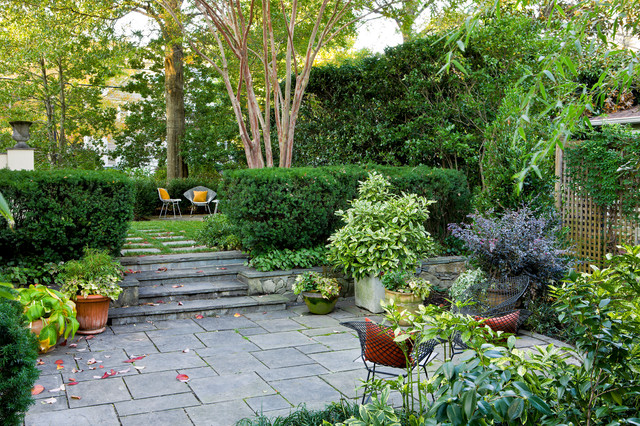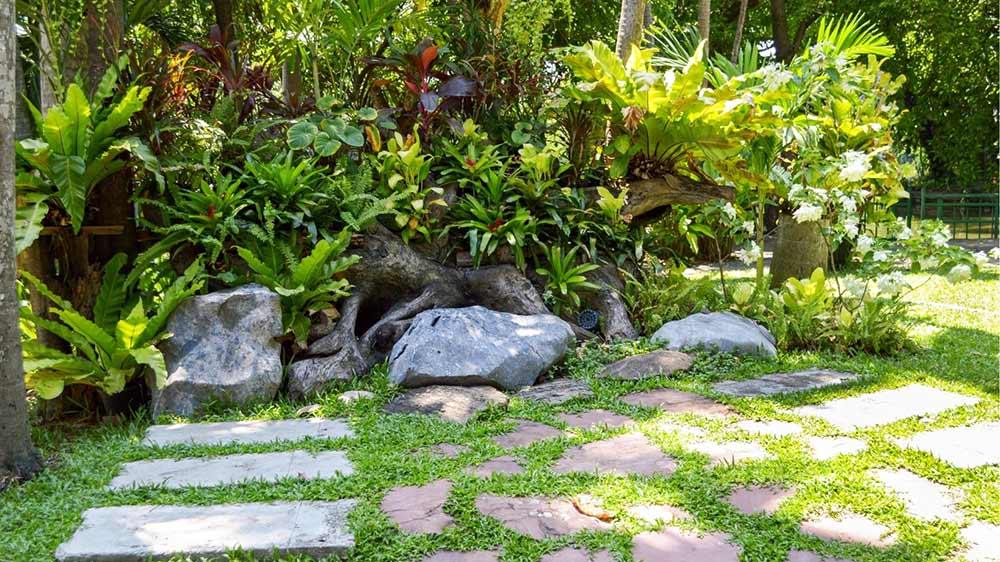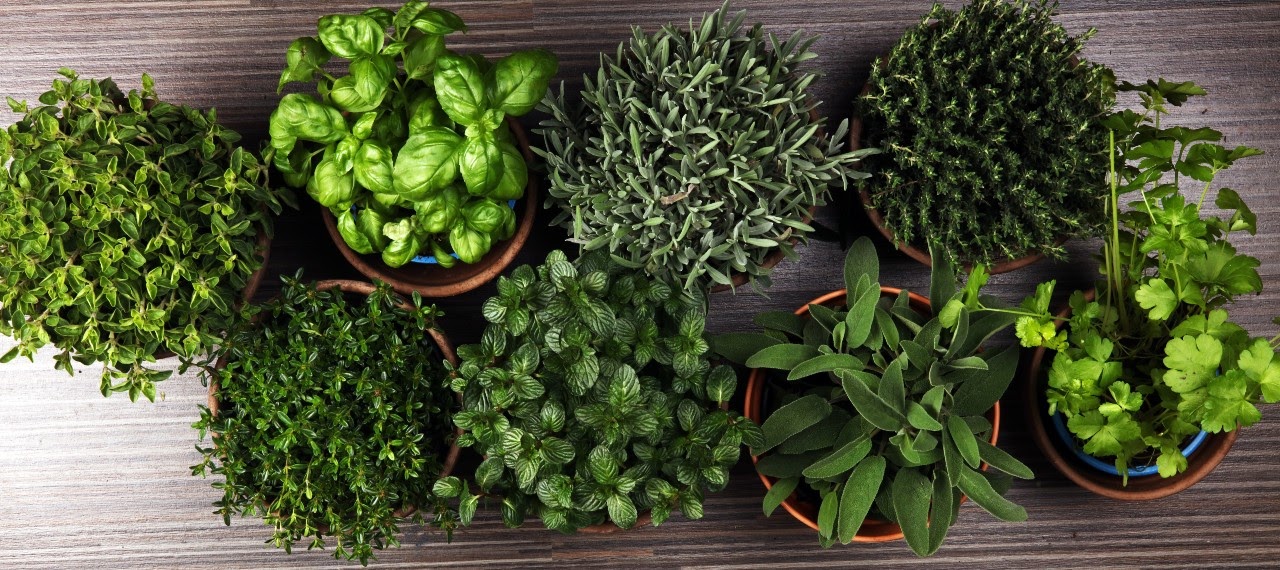Gardening and landscaping are more than just hobbies; they are essential practices that contribute to the beauty, functionality, and ecological balance of our outdoor spaces. Whether you are an experienced gardener or a beginner looking to enhance your home’s exterior, understanding the various aspects of gardening and landscaping can help you create a space that is both aesthetically pleasing and environmentally friendly. This article will explore key areas such as seasonal gardening, wildlife gardening, landscaping design, herb gardening, and home maintenance and cleaning.
Seasonal Gardening: Adapting to Nature’s Rhythms
Seasonal gardening involves adjusting your gardening practices to the changing seasons. Each season presents unique opportunities and challenges, and understanding these can help you make the most of your garden year-round.
Spring is the time for renewal and planting. As the weather warms, it’s ideal to start sowing seeds for vegetables, flowers, and herbs. Preparing the soil by adding compost or organic matter ensures that your plants have the nutrients they need to thrive.
Summer brings growth and abundance, but it also requires vigilant care. Watering becomes crucial, especially during dry spells, and mulching can help retain moisture in the soil. It’s also a good time to prune shrubs and trees to promote healthy growth.
Fall is for harvesting and preparing the garden for winter. Collecting fallen leaves to create compost, planting bulbs for spring blooms, and protecting delicate plants from frost are essential tasks.
Winter is a period of rest, but it doesn’t mean you should neglect your garden. Winterizing your garden by protecting plants with mulch, planning next year’s garden, and maintaining your tools ensures that you are ready for the next growing season.

Wildlife Gardening: Creating a Haven for Local Fauna
Wildlife gardening is about creating an environment that attracts and supports local wildlife, from birds and bees to butterflies and small mammals. This not only helps preserve biodiversity but also creates a dynamic and vibrant garden.
Planting native species is one of the most effective ways to attract wildlife. Native plants provide the necessary food and habitat for local fauna and are often more resilient to local climate conditions.
Creating habitats such as ponds, hedgerows, and rock piles can provide shelter and breeding grounds for various species. For example, a small pond can attract frogs, dragonflies, and other aquatic life, while a hedgerow can offer a sanctuary for birds and small mammals.
Avoiding pesticides is crucial for wildlife gardening. Chemicals can harm beneficial insects and disrupt the natural balance of your garden. Instead, opt for organic gardening practices and encourage natural predators to control pests.
Landscaping Design: Crafting Your Outdoor Masterpiece
Landscaping design is the art of arranging outdoor spaces in a way that is both functional and visually appealing. A well-designed landscape enhances the beauty of your home and provides areas for relaxation, entertainment, and gardening.
Assessing your space is the first step in landscaping design. Consider the size, shape, and features of your garden, as well as your personal preferences and how you intend to use the space.
Creating a plan involves sketching out your ideas and deciding on the layout of different elements such as flower beds, pathways, patios, and water features. It’s important to consider the principles of design, such as balance, contrast, and unity, to create a cohesive and harmonious look.
Choosing plants and materials is another critical aspect of landscaping design. Select plants that suit the climate and soil conditions of your area. Incorporate a mix of textures, colors, and heights to add visual interest. Materials for pathways, patios, and garden structures should complement the style of your home and be durable enough to withstand local weather conditions.
Incorporating functional elements like seating areas, lighting, and irrigation systems enhances the usability and enjoyment of your garden. Thoughtful placement of benches, tables, and garden lights can create inviting spaces for relaxation and socializing, while efficient irrigation ensures that your plants receive adequate water with minimal waste.
Herb Gardening: Growing Your Own Fresh Flavors

Herb gardening is a rewarding way to enhance your culinary experiences and contribute to your health and well-being. Herbs are relatively easy to grow and can be cultivated in gardens, containers, or even on windowsills.
Selecting herbs that suit your cooking preferences and growing conditions is the first step. Common culinary herbs include basil, thyme, rosemary, mint, and parsley. Some herbs, like lavender and chamomile, can also be used for their aromatic and medicinal properties.
Preparing the soil is crucial for healthy herb growth. Most herbs prefer well-drained soil with a neutral pH. Adding organic matter such as compost can improve soil structure and fertility.
Planting and caring for herbs involves providing adequate sunlight, water, and nutrients. Most herbs require at least six hours of sunlight per day. Watering should be consistent but not excessive, as overwatering can lead to root rot. Regular harvesting encourages new growth and keeps herbs from becoming too woody.
Companion planting is a technique where certain plants are grown together for mutual benefit. For example, planting basil alongside tomatoes can improve the flavor of the tomatoes and deter pests.
Home Maintenance and Cleaning: Keeping Your Outdoor Space Pristine
Maintaining a beautiful and functional garden or landscape involves regular upkeep and cleaning. Home maintenance and cleaning ensure that your outdoor space remains healthy, safe, and attractive throughout the year.
Regular cleaning tasks such as raking leaves, removing debris, and cleaning garden tools help prevent the spread of diseases and pests. Keeping pathways, patios, and garden furniture clean enhances the overall appearance and usability of your outdoor space.
Pruning and trimming are essential for the health and aesthetics of your plants. Regularly pruning shrubs, trees, and perennials promotes healthy growth, removes dead or diseased branches, and shapes plants for optimal growth.
Weed control is a constant challenge in any garden. Mulching, hand weeding, and using organic weed control methods can help keep weeds at bay without harming the environment.
Seasonal maintenance tasks such as winterizing your garden, cleaning gutters, and checking for damage after storms are crucial for long-term garden health. Preparing for seasonal changes ensures that your garden remains vibrant and productive throughout the year.
Irrigation system maintenance involves checking for leaks, cleaning filters, and adjusting timers to match seasonal watering needs. A well-maintained irrigation system saves water and ensures that your plants receive the right amount of moisture.

Conclusion
Gardening and landscaping encompass a wide range of activities and practices, each contributing to the creation of a beautiful, functional, and sustainable outdoor space. By understanding and applying principles of seasonal gardening, wildlife gardening, landscaping design, herb gardening, and home maintenance and cleaning, you can transform your garden into a thriving haven. Whether you are planting for the seasons, attracting wildlife, designing your dream landscape, growing fresh herbs, or keeping your garden pristine, each effort adds to the richness and enjoyment of your outdoor environment. With thoughtful planning and regular care, your garden can become a source of beauty, relaxation, and ecological balance for years to come.
